Proud Pleasley marks 150 years of pit life -- before and since colliery closure
and live on Freeview channel 276
Jobs were lost, livelihoods were threatened and the future of towns and villages looked bleak.
But in Pleasley, from the ashes of desolation, when its pit shut in 1983, rose the phoenix of a new era. And a determination to celebrate mining memories, rather than mourn them.
Advertisement
Hide AdAdvertisement
Hide AdWhere once a colliery extracted thousands of tonnes of coal now stands a nature reserve, country park, museum, visitor centre, café and cycling and walking trails, alongside initiatives to boost wellbeing, tackle social isolation and foster community spirit. A cherished heritage site the area can be proud of.
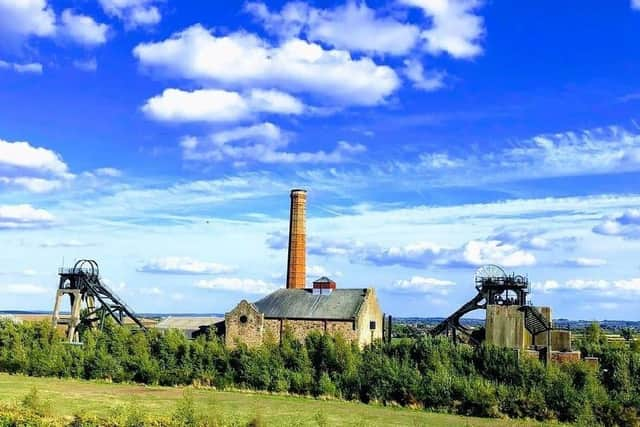

Thanks to an army of passionate volunteers, few places in the entire country have done a better job than Pleasley in preserving its mining past, while turning it into a positive for the future.
And the efforts of the small village will be celebrated on Sunday, from 10am-4pm, with a gala day marking the 150th anniversary of Pleasley Colliery opening.
Family entertainment will include a flypast by an RAF Lancaster Bomber, a circus workshop, birds of prey, a model railway exhibition, a crafting marquee, stalls, food and drink, a licensed bar, Punch and Judy, and music by Pleasley Colliiery Welfare Band, a steel band and folk singers.
Advertisement
Hide AdAdvertisement
Hide AdA special anniversary beer has also been created by a local brewery and will be sold in celebration boxes visitors can take home as mementoes.
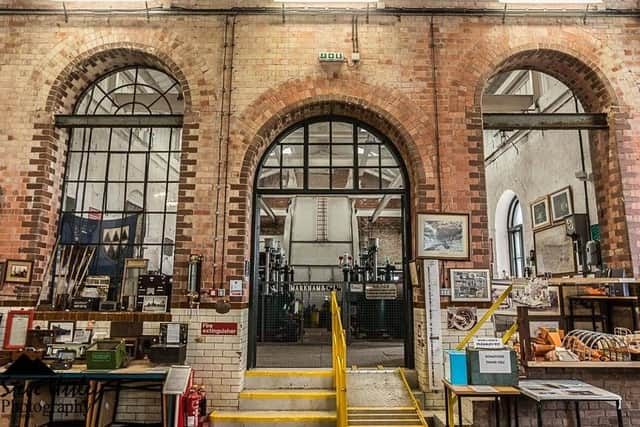

“The day will be a celebration of the village,” says Deborah Bramwell, visitor centre manager. “We want to acknowledge that the pit site has been here for 150 years.
“Most of the villagers used to work at the mine in some capacity. This event will be a celebration of the history of Pleasley.
“The last 40 years, since the pit closed, have been a tribute to the mining community. We have tried to protect the heritage and pass it on to younger generations.
Advertisement
Hide AdAdvertisement
Hide Ad“The site has a new life. It has grown and regenerated itself. In fact, when you look at the country park, I think we invented rewilding!
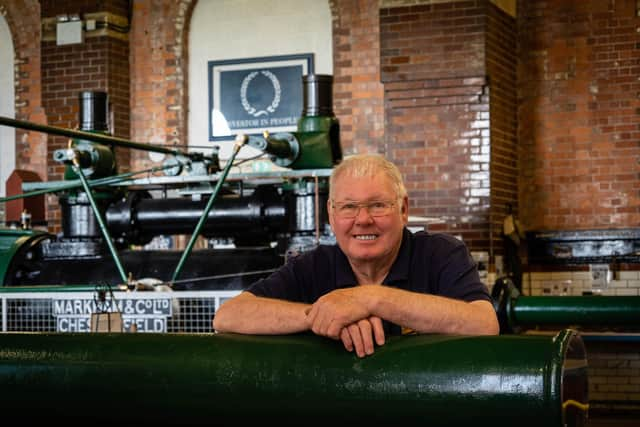

“It was only the strength of feeling among villagers that prevented the pit being totally demolished. They have not allowed it to deteriorate.”
The way in which the site has been nursed back to health would have been approved of by Florence Nightingale. Which is somewhat fitting because it is rumoured the ‘Lady Of The Lamp’ herself turned the first sod when the pit was sunk in 1873.
Florence was the daughter of William Nightingale, lord of the manor of Pleasley, who granted permission for the Stanton Iron Company to construct and operate the colliery.
Advertisement
Hide AdAdvertisement
Hide AdStanton continued to run it until the coal industry was nationalised in 1947 and the National Coal Board took charge. At that time, there were 49 pits in Nottinghamshire and 68 in Derbyshire.
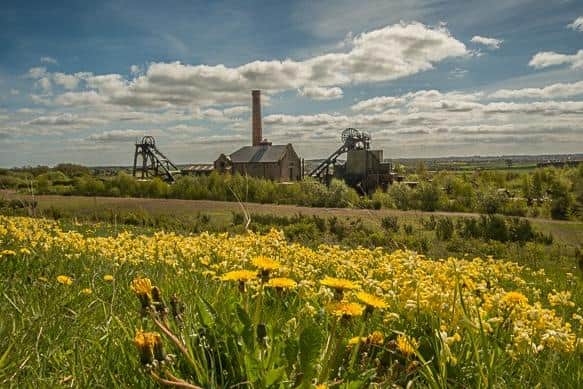

Now there are none, but Pleasley’s legacy lives on. At one time, it was the oldest and deepest pit in the East Midlands coalfield, noted for a number of innovative features, including the first electric lighting at the pit bottom.
Closure was a hammer blow. But it was soon realised that its main buildings, engine houses, steam winders and headstocks, were Victorian landmarks so rare that they merited grade II listed status.
Although the site was officially abandoned in 1993, volunteers formed a preservation group, Friends Of Pleasley Pit, and in 1996, the buildings became a Scheduled Ancient Monument.
Advertisement
Hide AdAdvertisement
Hide AdMonumental could also be the word used to describe the restoration work undertaken by the Friends, now part of community charity the Pleasley Pit Trust. Work that won an award from Historic England in 2011 for ‘best rescue of an industrial site’.
The trust runs the site, which is owned by the Land Trust, a national organisation that oversees public open spaces for community benefit.
“The pit trust is a fledgling organisation that is really going to take flight soon,” said Deborah, aged 55, whose grandfather, Douglas Holmes, worked at Pleasley Colliery.
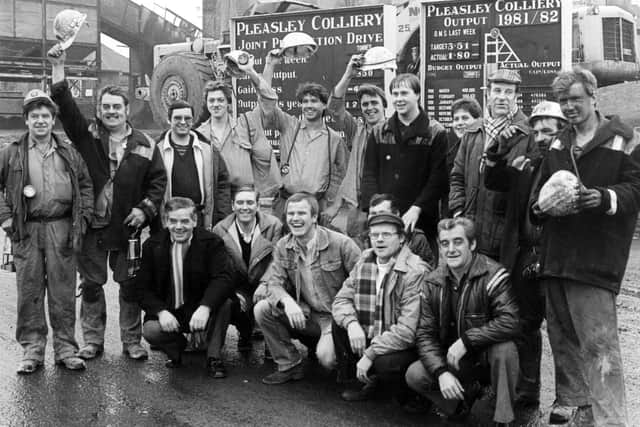

“We have some big exciting projects in the pipeline and more events, such as a beer festival, car shows and musical events.
Advertisement
Hide AdAdvertisement
Hide Ad“The site is becoming increasingly busier. We have about 1,000 visitors per week, with a lot of them regulars who live locally and meet friends and family for a cup of tea in the lovely cafe. They use it as a social networking place.
“Lots of dog walkers also use the country park, and they have their own café, Barkers.”
About 50 volunteers, plus a handful of paid staff, work for the pit trust, including some who were employed at the colliery and others who have no connection to mining at all.
The trust is always on the lookout for more, with any number of roles available. Perhaps you could work as a tour guide or in the café, which specialises in Pit Burgers, or perhaps as a wildlife volunteer, helping maintain the park and create habitats.
Advertisement
Hide AdAdvertisement
Hide AdOther on-site activities range from ‘wildlife wandering’ for toddlers to bug-hunting, nature walks and meditation training, run by a social circle that aims to improve mental health.
Deborah says: “Rather than going off to the GP for pills, connecting to nature can help people talk about mental health issues. We’re all about green space and wellbeing now.”
Yes, the dirt and danger, the grime and graft of underground mining are no more. But 150 years on, Pleasley Pit is still thriving and will never be forgotten.